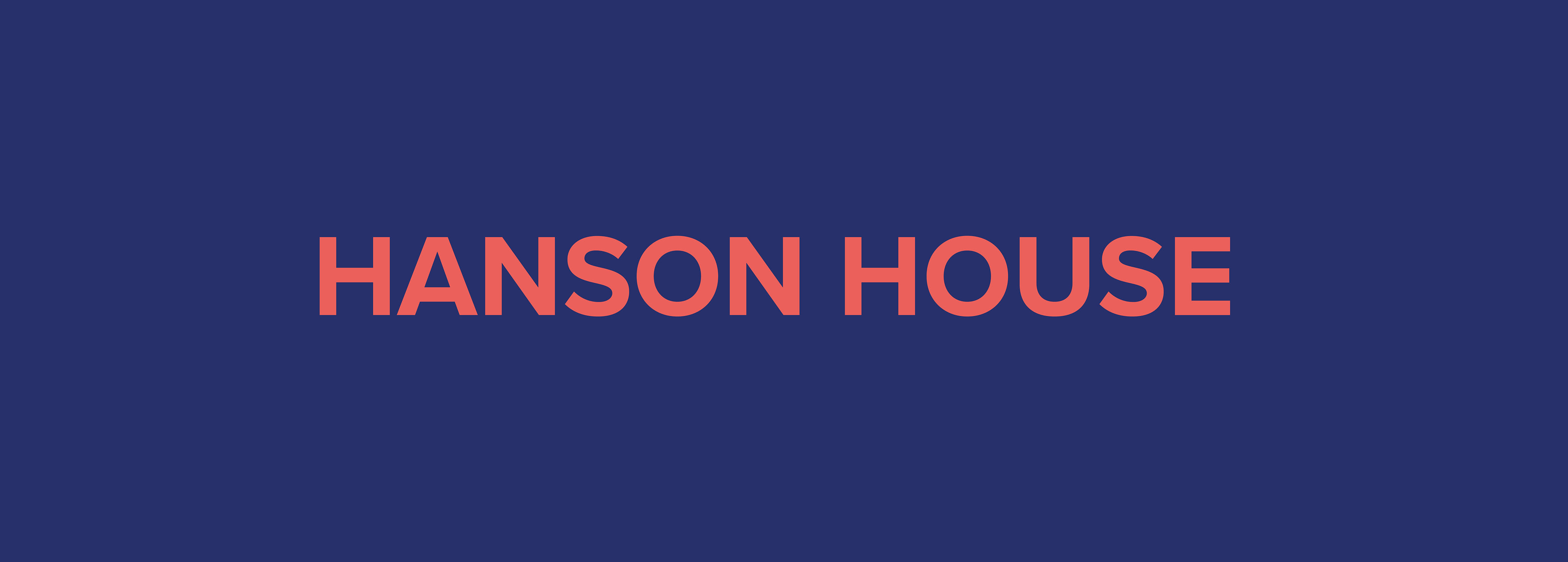At its conception, the fashion writers collectively discussed the creative direction, ethos and style of the forthcoming publication. Whilst we wanted to pay homage to a high-brow fashion editorial style, as consumers, we acknowledged the opportunity for depth and parity, that our small scale publication provided. The team discussed ideas for interviews, focusing on who we could uplift with our creation. Inspirations gravitated from the social tonality shift in the music industry, to ambitious fashion pioneers and insightfully personal stories. It was clear that the writers were keen to curate a rooted, yet empowered showcase of artistry. One bonded to our personal styles through the glue of fashion culture.
After receiving the brief, there was no hesitation to plan. Acknowledging the time frame, the creative directors and I brainstormed visual concepts and used renowned magazines to philosophise a strong brand identity. Reaching out to graphic design students at a networking event, I proposed the brief. This quickly facilitated the integration of the two teams.
Rich, dark hues with sparks of fluorescent colour. A tall, pronounced title. Behind the scenes photos with an access-all-areas feel. Our ideas were limitless; but we took care to curate something semiotically cohesive, yet, creatively diverse in tone and style.
Guiding my peers and connecting with their stories, illustrates a modicum of the responsibilities and privileges that I acquired as the editor in chief. The role enhanced my skills of organisation, leadership, writing and creative expression. Describing its dynamic attributes, Das (2016, p.15) states,
‘A new type of editor has emerged in lifestyle consumer magazines, one who is both a journalist and a brand manager.’
After designating roles in week three, I began to liaise with the graphics, digital print and fashion design departments. Facilitating a network of communication required consistent attention, to progress the publication, but most importantly, to adapt the timeline of events and meet deadlines. In aims of developing key industry skills, this interdepartmental coordination required a democratic and thoughtful approach, that boasted inclusivity between team members; so that it translated to the readership also through our messages of diversity and authenticity.
One of the most fascinating aspects of producing this collective piece, was the celebration of unique individuality and, yet simultaneously, the obvious common ground. As writers and consumers, we gifted the publication a truthful tone. Evidently, the interactive product of our stories, preferences and push-back narrative manifested alongside our commitment and consideration of the opportunity. Our mutual devotion to the project organically originated from the name. We nodded, laughed and were excited in agreement over the choice.
Undoubtedly, we're not birds... or chicks... or dolls, we're people with ideas, visions and strategies. The name is perfect for that reason; are you who people say you are? Or can you conceptualise a space where identity is given the dynamic appreciation that it deserves?
Das, S. (2016). Magazine Publishing Innovation: Two Case Studies on Managing Creativity. Publications. [Online]. Volume 4 (2). p.15.Available from:<https://doi.org/10.3390/publications4020015> [Accessed from: 14/04/2025].
